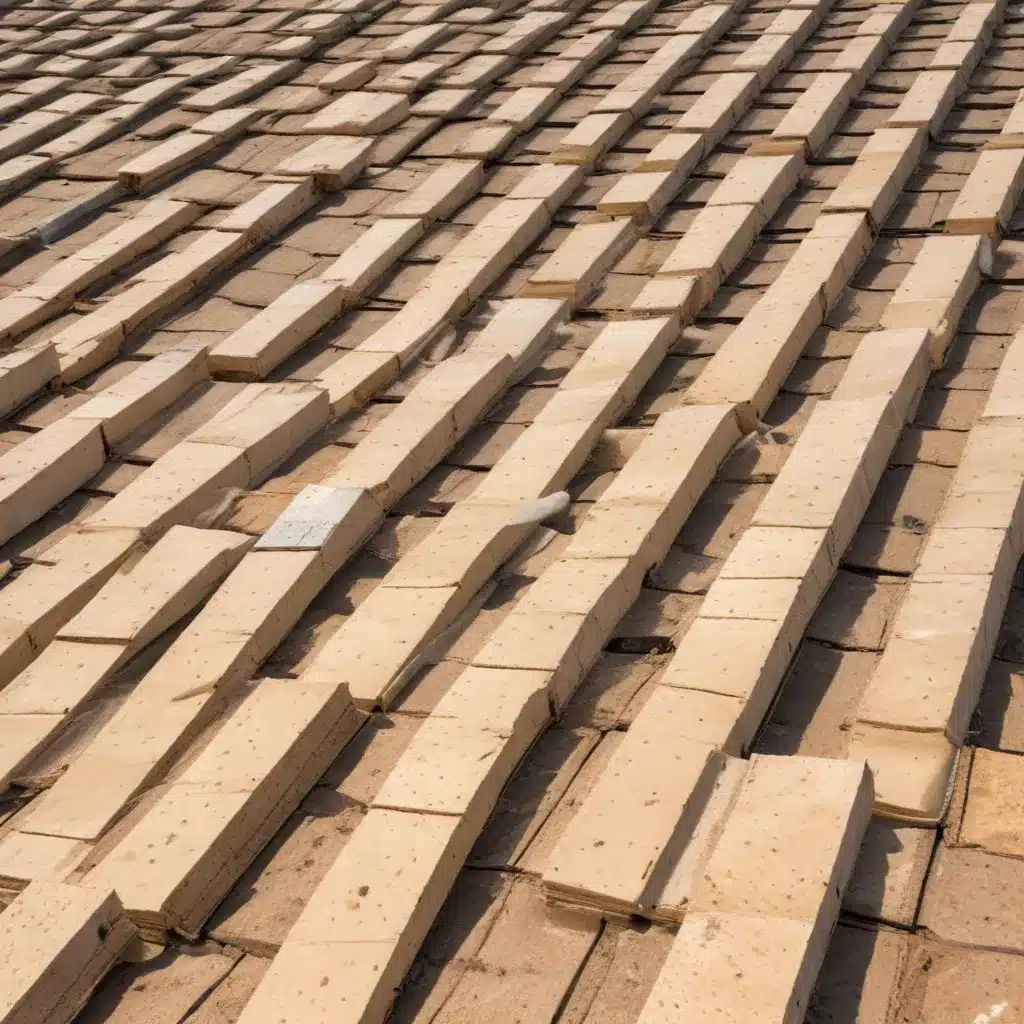
The Importance of Roof Insulation
When it comes to improving a home’s energy efficiency, the roof plays a critical role that is often overlooked. While homeowners may focus on upgrading windows, doors, and wall insulation, the roof’s insulation and ventilation can have a significant impact on the overall thermal performance of the building.
Proper roof insulation acts as a barrier, preventing heat transfer between the attic or living spaces and the outdoor environment. This is particularly important in maintaining a comfortable indoor temperature, reducing the strain on the heating and cooling systems, and ultimately leading to lower energy bills.
Different roofing materials possess varying insulation properties. Asphalt shingles, for example, offer basic insulation, but may require additional insulation materials to enhance energy efficiency. On the other hand, materials like metal, clay, concrete tiles, and slate are known for their superior insulating capabilities, helping to regulate indoor temperatures more effectively.
The type of roof insulation used is also crucial. Fiberglass batts, spray foam, cellulose, and rigid board insulation are common choices, each with its own advantages in terms of thermal resistance, airtightness, and ease of installation. Consulting with experienced Roofers in Northampton can help homeowners select the most suitable insulation solution for their specific needs and climate.
The Role of Roof Ventilation
Proper roof ventilation is another essential component in maintaining a home’s energy efficiency. Ventilation helps regulate the temperature and moisture levels in the attic, preventing heat buildup and the potential for moisture-related issues like mold and rot.
The combination of ridge vents at the roof’s peak and soffit vents at the eaves promotes natural air circulation, allowing hot air to escape and cooler air to enter the attic. This natural ventilation process helps reduce the load on the home’s cooling systems, leading to energy savings.
In addition to passive ventilation, attic fans can further enhance the air exchange, actively removing hot air from the attic space. This is particularly beneficial in regions with high temperatures and humidity levels.
Proper roof ventilation not only contributes to energy efficiency but also helps extend the lifespan of the roofing materials. By preventing excessive heat and moisture buildup, ventilation can protect the structural integrity of the roof and prevent costly repairs down the line.
Cool Roofing Materials and Coatings
The evolution of roofing materials has introduced innovative “cool roof” options that can significantly improve a home’s energy efficiency. These materials are designed to reflect a greater portion of the sun’s energy, reducing the amount of heat absorbed by the roof and transferred to the interior spaces.
Cool roof coatings can be applied to existing roofing materials, transforming them into highly reflective surfaces. Similarly, cool roof shingles incorporate reflective granules that minimize heat absorption, making them an attractive option for homeowners looking to upgrade their roofs.
By minimizing the heat transfer through the roof, cool roofing solutions can lead to substantial reductions in cooling costs, particularly during the hot summer months. This not only benefits the homeowner’s wallet but also contributes to a smaller carbon footprint, as the need for air conditioning is diminished.
Optimizing Roof Design for Energy Efficiency
The design of the roof itself can also play a crucial role in enhancing a home’s energy efficiency and interior comfort. Factors such as roof pitch, shape, and the incorporation of features like dormers and skylights can influence ventilation, insulation, and natural lighting.
For example, a gable roof with ridge vents can harness the natural flow of air, allowing hot air to rise and escape, while cooler air enters through the eaves. Conversely, a hip roof design with soffit vents ensures efficient airflow in the attic, preventing heat buildup.
Roof pitch also impacts insulation effectiveness. A steeper-pitched roof can accommodate thicker insulation, which is particularly beneficial in colder climates to minimize heat loss. Additionally, the choice of roofing material, such as metal, clay, or slate, can contribute to the overall insulation properties of the roof assembly.
Incorporating strategic placement of skylights or roof windows can also enhance natural lighting, reducing the reliance on artificial lighting and contributing to energy savings. These design elements not only improve the home’s energy efficiency but also create a more comfortable and inviting living environment.
Roof Maintenance and Upgrades
Maintaining the roof’s insulation and ventilation systems is crucial for preserving the home’s energy efficiency over time. Regular inspections and addressing any issues, such as damaged shingles, flashing, or insulation, can prevent heat loss, air leaks, and moisture infiltration – all of which can compromise the roof’s thermal performance.
When it comes time to replace an aging roof, homeowners have the opportunity to upgrade to more energy-efficient solutions. Consulting with experienced Roofers in Northampton can help homeowners explore the latest roofing materials, insulation options, and ventilation systems that best suit their climate and energy efficiency goals.
By prioritizing roof insulation, ventilation, and the selection of energy-efficient roofing materials, homeowners can make significant strides in reducing their energy consumption, lowering utility bills, and creating a more comfortable living environment – all while contributing to a more sustainable future.
Conclusion
The roof is a crucial component of a home’s energy efficiency, often overlooked in favor of other building upgrades. However, by understanding the role of roof insulation, ventilation, and the use of energy-efficient roofing materials, homeowners can unlock substantial energy savings and enhance the overall comfort of their living spaces.
Whether it’s through the strategic choice of roofing materials, the implementation of proper insulation and ventilation systems, or the incorporation of innovative design elements, the roof plays a pivotal role in achieving a more energy-efficient and sustainable home. By partnering with experienced Roofers in Northampton, homeowners can make informed decisions and ensure their roof is optimized for maximum energy efficiency and long-term performance.

